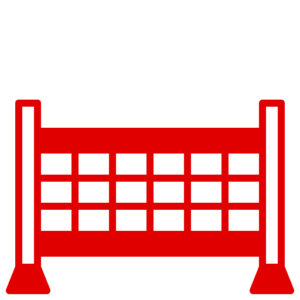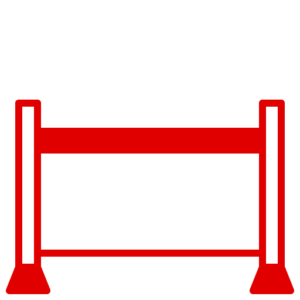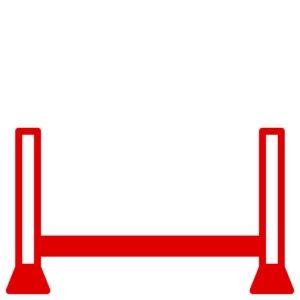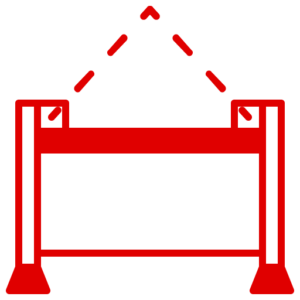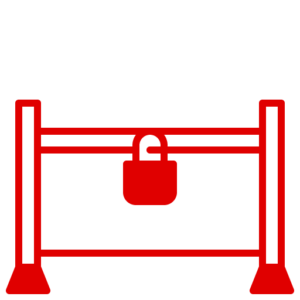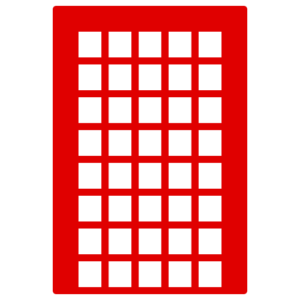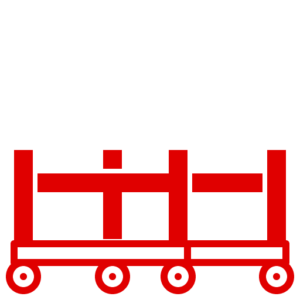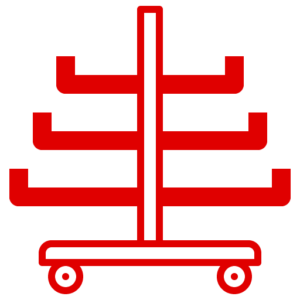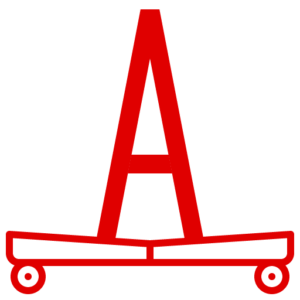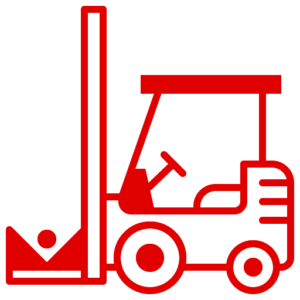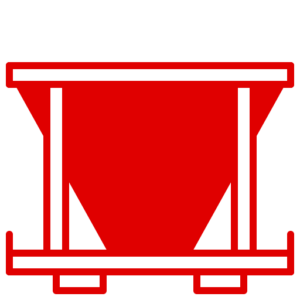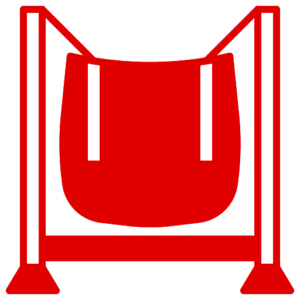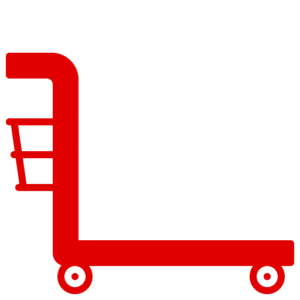News
Understanding PUWER Regulations and Their Application to Stillages
Welcome to the Stillages & Cages blog! In this post, we will explore how the Provision and Use of Work Equipment Regulations (PUWER) apply to stillages. As stillages fall under the category of work equipment, it is essential to understand the specific requirements and obligations for their safe use. Let’s delve into how PUWER regulations apply to stillages and the key considerations for compliance.
- Risk Assessment: Employers must conduct a risk assessment specific to the use of stillages. This involves identifying potential hazards associated with stillage use and determining appropriate control measures to mitigate those risks.
- Equipment Selection: Employers should ensure that the stillages selected are suitable for their intended use. This includes considering factors such as load capacity, stability, and compatibility with the materials or goods being stored or transported.
- Maintenance and Inspection: Regular maintenance and inspections are crucial to ensure the safety and functionality of stillages. Identifying and addressing defects or issues promptly is essential to mitigate risks.
- Training and Instruction: Employees working with stillages should receive proper training and instruction on their safe use. This includes handling techniques, loading and unloading procedures, and awareness of specific risks associated with stillage use.
- Storage and Stability: Proper storage and stacking practices are essential to ensure stability and prevent collapse or toppling. Employers should provide clear guidance on stacking limitations and safe storage practices to minimise the risk of accidents or injuries.
- Personal Protective Equipment (PPE): Depending on the associated hazards, appropriate PPE may be required when working with stillages. Employers should assess the need for gloves, safety shoes, or protective clothing to enhance worker safety.
- Risk Control Measures: Additional risk control measures should be implemented to reduce the risk of accidents and injuries. This may include anti-slip flooring, securing stillages during transportation, or using appropriate lifting equipment.
- Incident Reporting: Employees should be encouraged to report any accidents, near misses, or concerns related to the use of stillages. Prompt reporting enables thorough investigation and necessary corrective actions to prevent future incidents.
Compliance with PUWER regulations is essential for the safe use of stillages in the workplace. Employers must review and adhere to the specific requirements outlined in the regulations to ensure the safety of employees and others interacting with stillages. At Stillages & Cages, we prioritise safety and compliance, offering high-quality stillages designed to meet industry standards and guidelines.

